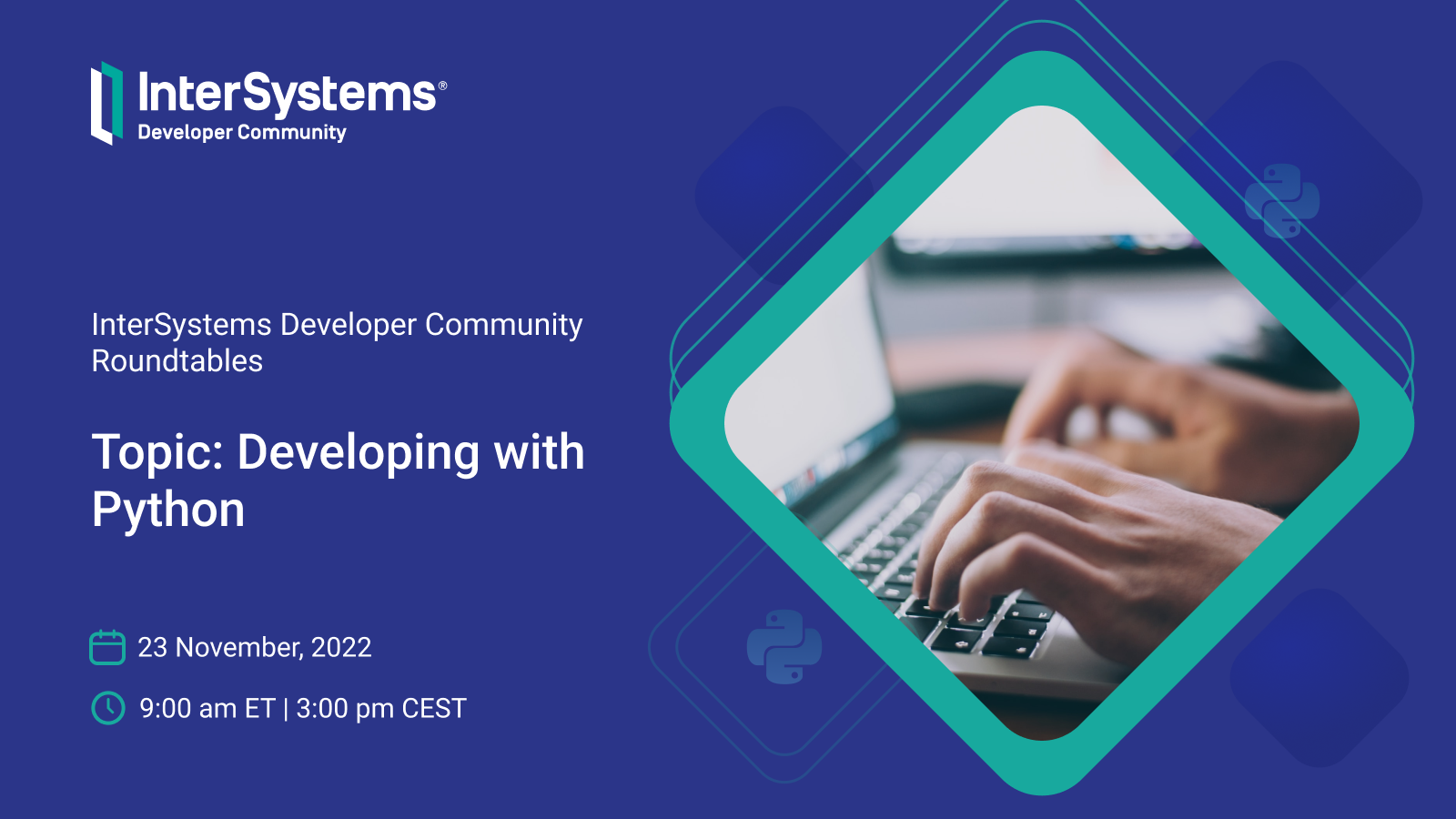So, the next year will bring us a new way of installing IRIS. Always keep in mind that you have to bring your own web server. No matter how many instances of IRIS you have on your local machine. Or if you work in Docker, always keep in mind a bit more complicated configuration.
And I now want to understand the costs of this decision for end-developers like most of here.



.png)